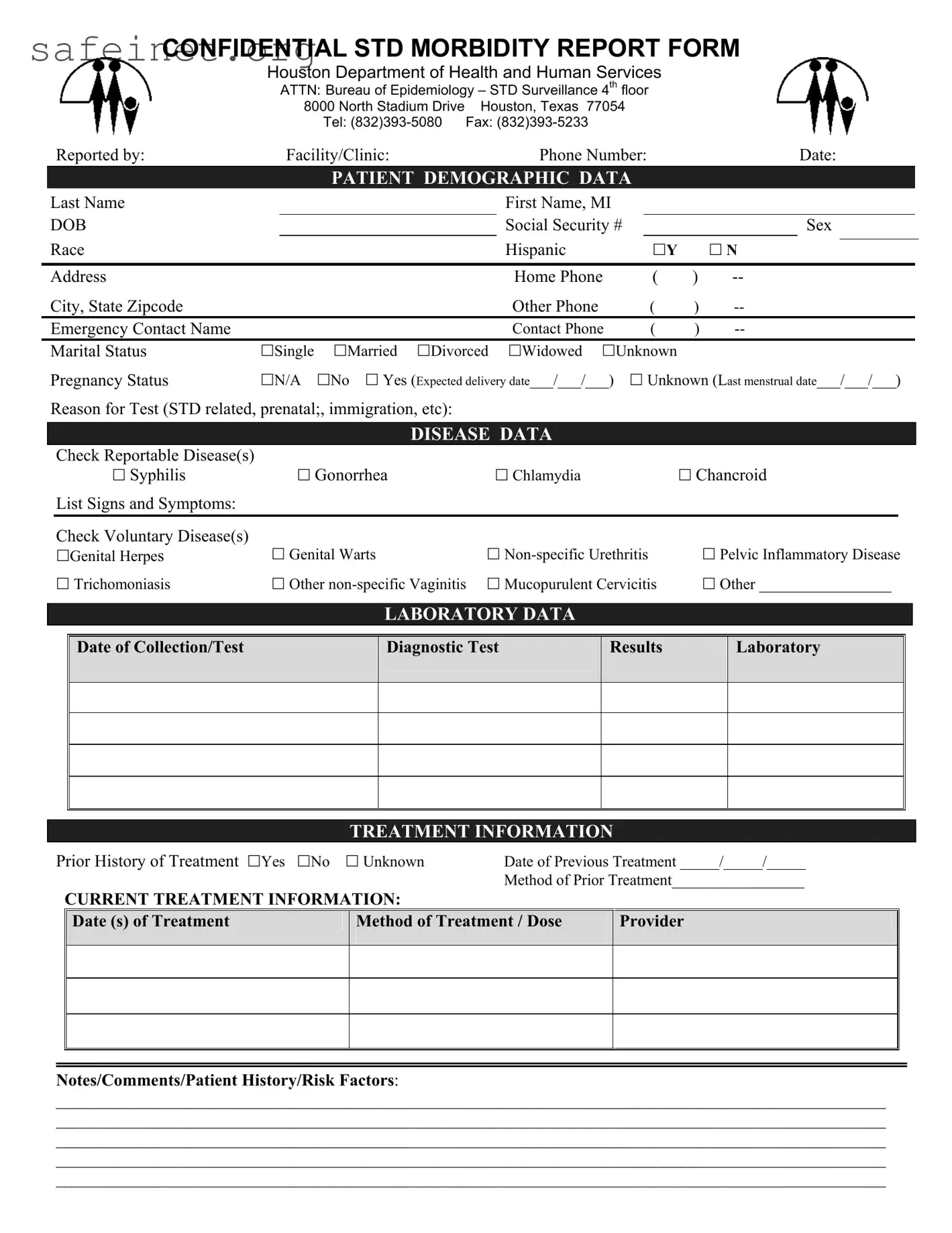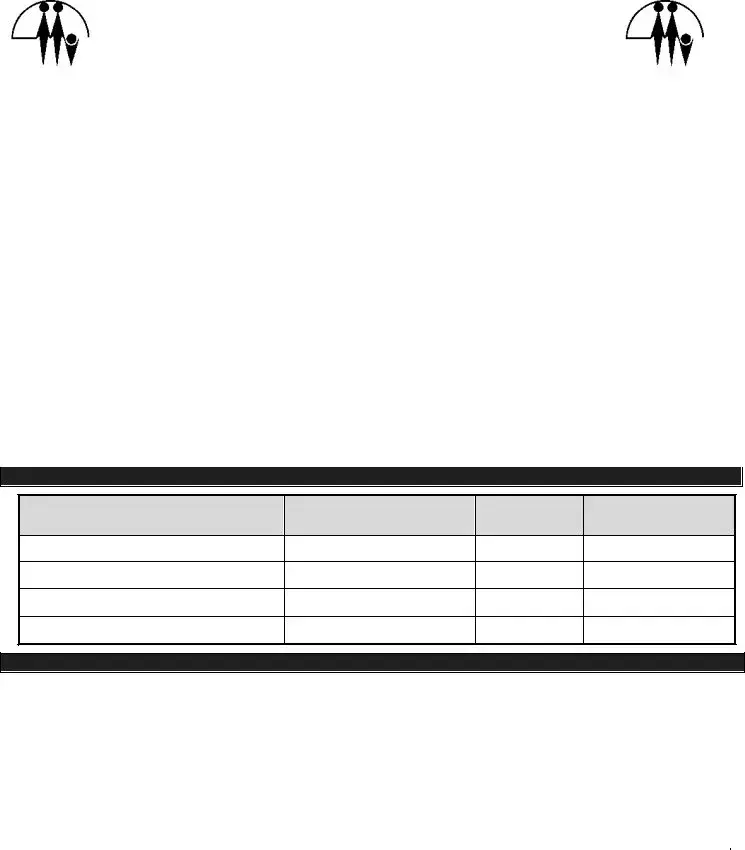What is the purpose of the Connecticut UC 2 form?
The Connecticut UC 2 form serves as a confidential morbidity report specifically for sexually transmitted diseases (STDs). It collects vital information about the patient, the disease being reported, and the treatment history. This data aids health departments in tracking and managing STD cases, ultimately promoting public health safety.
Who should complete the Connecticut UC 2 form?
This form must be completed by healthcare providers, such as clinics and hospitals, when a patient is diagnosed with a reportable STD. The responsibility falls on the facility that conducted the testing to ensure accurate and timely reporting.
What information is required in the patient demographic section?
This section asks for essential details, including the patient's last name, first name, middle initial, date of birth, social security number, sex, race, and whether the patient is Hispanic. Additionally, the form requires the patient's address, home phone number, and contact information for an emergency contact.
What types of diseases need to be reported on the UC 2 form?
The form requires reporting of specific diseases categorized as reportable STDs, including syphilis, gonorrhea, chlamydia, and chancroid. Providers may also report voluntary diseases such as genital herpes, genital warts, and others listed in the form. Accurate reporting of these diseases is crucial for public health monitoring.
What laboratory data is necessary to include?
The lab section of the UC 2 form calls for vital information like the date of specimen collection and diagnostic test results. Completing this section accurately helps in understanding the clinical scenario and ensures proper follow-up actions are taken.
What treatment information must be entered on the form?
Providers should document any prior treatment history, including the date and method of treatment, if applicable. Current treatment information must also be filled out, detailing the date(s) of treatment, methods used, and notes or comments on the patient’s health history. This helps in managing ongoing care and treatment effectiveness.
Is the information on the UC 2 form kept confidential?
Yes, the UC 2 form contains sensitive health information, which is handled with strict confidentiality as per health privacy regulations. It is critical for healthcare providers to ensure that this information is safeguarded throughout the reporting process.

